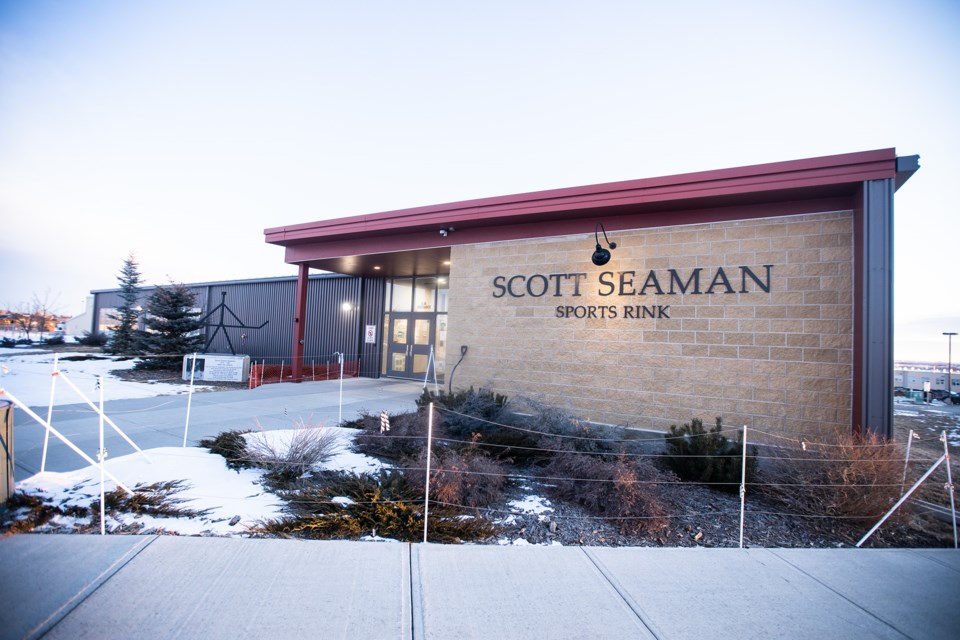FOOTHILLS COUNTY - Foothills County has reversed course on a project to install rooftop solar panels at the Scott Seaman Sports Rink.
After narrowly voting in favour of the project in March, council scrapped the plan in a 4-3 vote Wednesday. During the meeting, numerous objections to the project were raised by some councillors.
A federal grant would have paid for most of the 465kW solar project, but Foothills County Reeve Delilah Miller said the funding doesn't amount to free money.
“That grant funding comes out of every taxpayer’s pocket,” Miller said. “We are essentially all paying for this, we've been paying for solar, will continue to pay for solar."
The project would have seen over 1,000 solar panels installed on the roof of the County sports rink.
Adeniyi Adeaga, manager of municipal energy services for Foothills County, estimated the project would save over $63,500 in energy costs each year over its 30-year life span.
When the project was proposed in February, it was estimated to cost $1.3 million.
Over $1 million would have come from the Infrastructure Canada's Green and Inclusive Community Buildings program, leaving Foothills County on the hook for around $260,000.
There was a great deal of conversation around the council table about the possibility of the solar panels damaging the building's roof. Miller said the original builder of the sports rink was adamant the roof would not be able to handle the weight of the panels
“If you've got the original engineers and the original builders that come and say don't do this, that might cause us reason to pause, I don't know.” Miller said.
An engineering assessment done this year found that all 1,034 panels could be installed if the existing roof frame was reinforced as recommended.
Deputy Reeve Rob Siewert said any potential cost savings would go out the window if the roof was damaged during installation of the panels.
“You don't just go replace a roof membrane like that for next to nothing,” Siewert said.
Adeaga replied that the engineering report states if the solar panels are properly installed, the risk to the building’s roof is “non-existent.”
Councillors Suzanne Oel and Barb Castell spoke in favour of the project. Castell said she was comfortable moving ahead given the engineering assessment, and that the contractor, not the County, would be liable should anything go wrong.
“There're a lot of buildings that have been retrofitted after the building's been built,” Castell said.
Oel called it a good opportunity for the County and reiterated that end-of-life planning would be part of the project.
“What we're hoping to do here is take (solar panels) off agriculture land and put it on a building, and make that kind of statement,” Oel said. “The County can be an initiator in these types of ideas.”
As she has said previously, Miller repeated that she can’t support the project without a solar panel recycling program being in place.
“This green energy that we're touting as being the solution to our energy problems is not green energy,” Miller said. “It's not green until we have a recycling program.”
She said money saved on the project would end up going to its eventual cleanup, “because there just isn't anything in place.”
Other issues raised were around maintenance of the solar panels and power generation abilities over the winter months.
Council initially heard a report on the project in February, but wanted more information and postponed a decision until March, when the project squeaked through in a 4-3 vote.
Council originally supported the project as part of its energy management plan presented in 2022.



